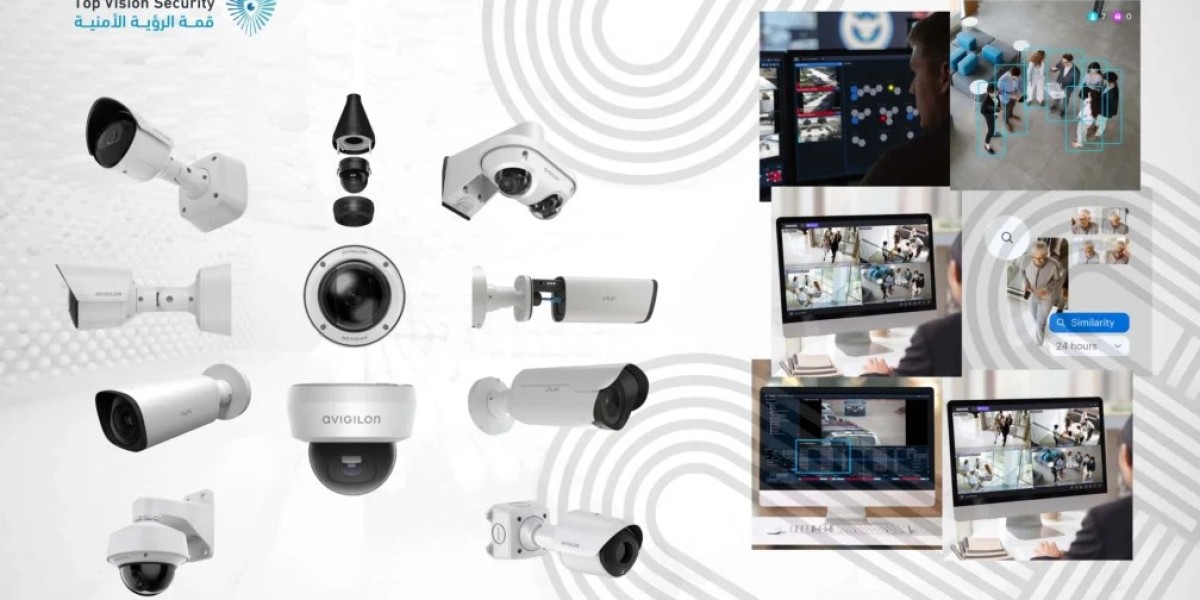Cybersecurity Industry Overview:
In today's interconnected digital landscape, where data is the lifeblood of business operations and personal interactions alike, cybersecurity stands as the sentinel guarding against an array of digital threats. As technology evolves, so too do the methods employed by cybercriminals, necessitating constant innovation and adaptation within the cybersecurity industry. This article explores the top trends shaping this dynamic sector and the strategies employed to fortify digital defenses.
Rise of AI and Machine Learning:
Artificial Intelligence (AI) and Machine Learning (ML) have emerged as potent weapons in the cybersecurity arsenal. These technologies enable the rapid analysis of vast datasets to identify patterns and anomalies, enhancing threat detection and response capabilities. From identifying suspicious network activity to predicting potential vulnerabilities, AI-driven cybersecurity solutions are revolutionizing how organizations safeguard their digital assets.
Zero Trust Architecture:
Traditional security paradigms often relied on perimeter defenses, assuming that threats originated from outside the network. However, with the proliferation of remote work and cloud computing, the concept of Zero Trust Architecture has gained prominence. This approach assumes that no entity, whether inside or outside the network, should be trusted by default, necessitating continuous authentication and authorization. By adopting a Zero Trust model, organizations can mitigate the risks posed by insider threats and compromised credentials.
Browse More Information:
Expansion of Cyber Threat Intelligence:
Cyber Threat Intelligence (CTI) has become indispensable for proactive defense strategies. By aggregating and analyzing data from diverse sources, including threat feeds, dark web monitoring, and security research, organizations gain insights into emerging threats and adversary tactics. This intelligence enables preemptive action, such as patching vulnerabilities and fine-tuning security controls, to thwart potential attacks before they materialize.
Emphasis on Cloud Security:
The migration of workloads and data to the cloud has transformed the cybersecurity landscape, introducing new challenges and vulnerabilities. As organizations embrace cloud-native architectures and services, securing these environments becomes paramount. Cloud Security Posture Management (CSPM) solutions offer visibility and control over cloud assets, ensuring compliance with security best practices and regulatory requirements. Additionally, Identity and Access Management (IAM) solutions play a crucial role in enforcing granular access controls and preventing unauthorized entry to cloud resources.
Focus on Cyber Resilience:
In an era marked by the inevitability of cyber incidents, cyber resilience has emerged as a strategic imperative. Beyond mere prevention and detection, organizations must prioritize their ability to withstand and recover from cyberattacks swiftly. This entails robust incident response plans, regular disaster recovery drills, and investments in technologies such as Backup as a Service (BaaS) and Disaster Recovery as a Service (DRaaS) to minimize downtime and data loss in the event of a breach.
Regulatory Compliance and Privacy Concerns:
The regulatory landscape governing data protection and privacy continues to evolve, with laws such as GDPR, CCPA, and the recently enacted Schrems II decision reshaping the cybersecurity landscape. Organizations face increased scrutiny and potential penalties for non-compliance, necessitating a comprehensive approach to data governance and privacy protection. Compliance management solutions assist in aligning security practices with regulatory requirements, ensuring adherence to prescribed standards and mitigating legal risks.
Conclusion:
As technology continues to advance and cyber threats proliferate, the cybersecurity industry remains at the forefront of safeguarding digital assets and preserving trust in the digital ecosystem. By embracing emerging technologies, adopting proactive defense strategies, and prioritizing resilience, organizations can navigate the evolving threat landscape with confidence. In this dynamic landscape, staying abreast of the top cybersecurity trends is essential for staying ahead of adversaries and maintaining a secure digital posture.








